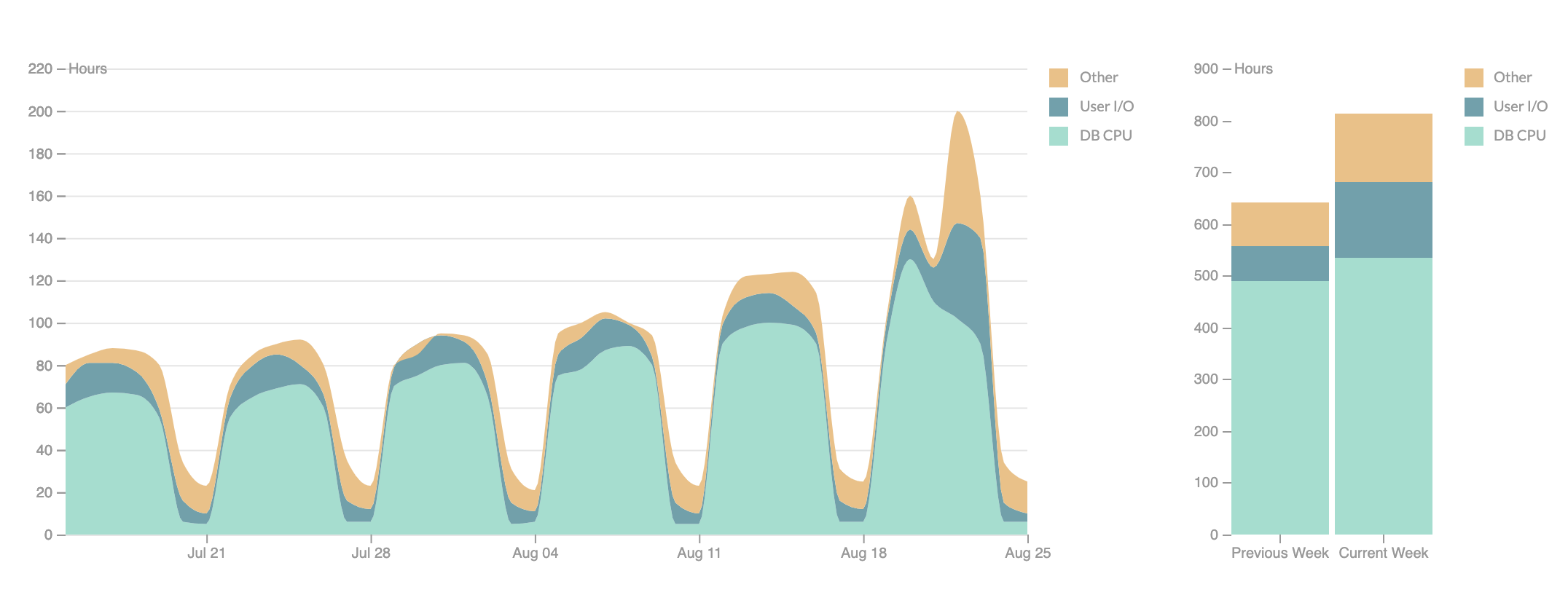Identify performance issues before they affect your customers

Continuous improvements
Compare database performance in Production environments periodically and in Performance Test environments before every release. Analyze changes in database utilization and application workload. Fix potential issues and improve performance. Simplify the process with XDBTIME tools.1. Compare
2. Analyze
3. Improve
Explain Database Time
Xdbtime report
Visualization
From general to particular
All in one
Classify SQLs
Highlight changes
Simple
Devops
Automation
Strategy
Databases
Download xdbtime
Checkout xdbtime project on GitHub ( or download ). Open-source version includes period Performance Comparison report for Oracle and MySQL databases.
xdbtime pro tools are dedicated for enterprises and include implementation and set-up of processes to compare database performance on test and production environments. With pro version you can additionally collect and compare performance metrics from different instances of Oracle and MySQL databases. We can help with initial database performance analysis. xdbtime can be customized for your needs. We are happy to answer all your questions about xdbtime products. Just leave us a detailed message below and we'll get back to you.














